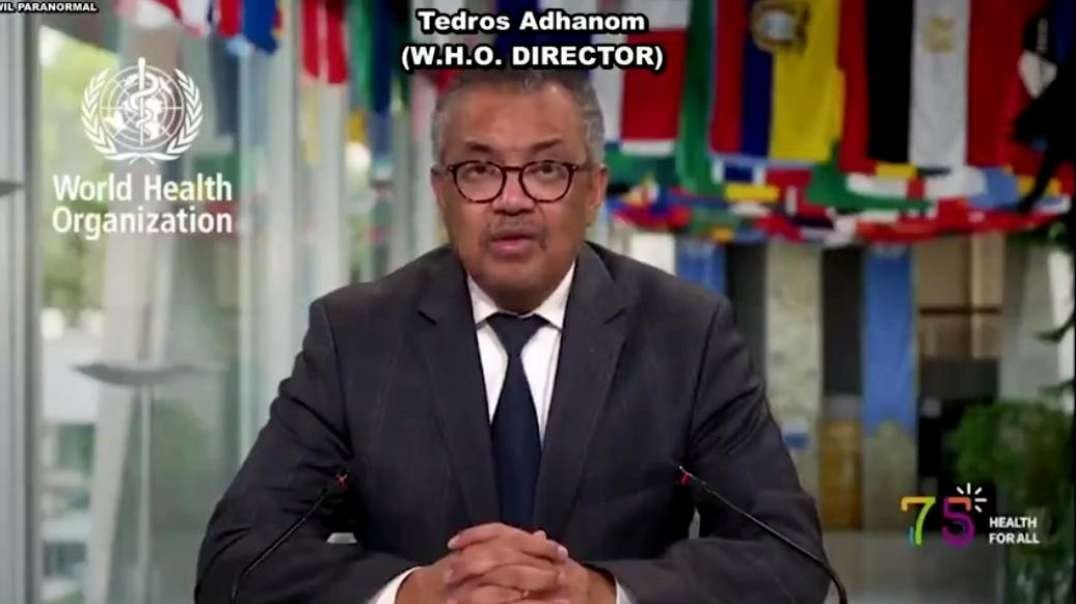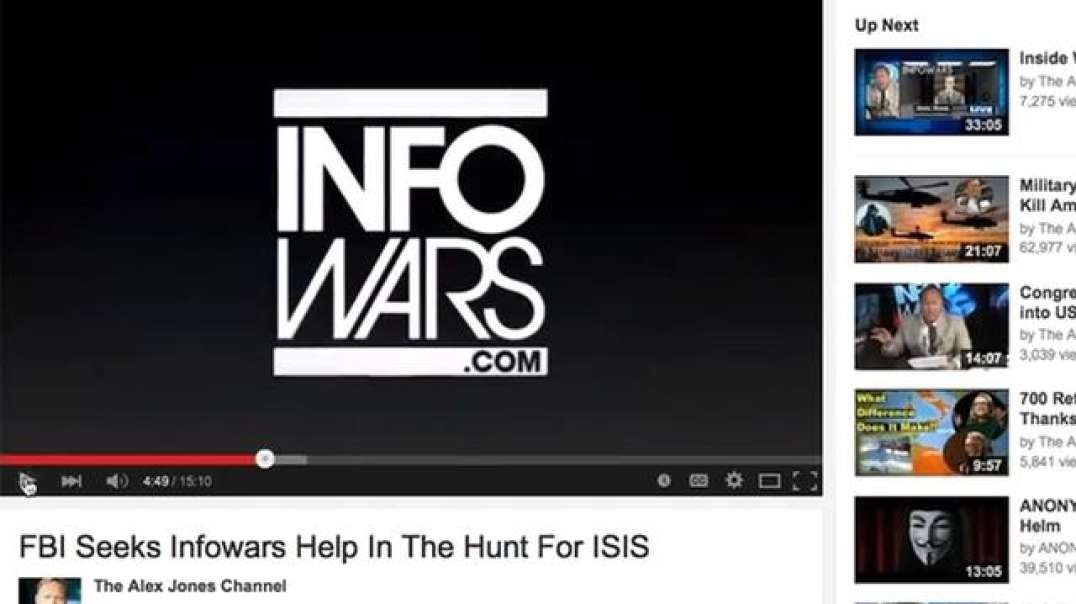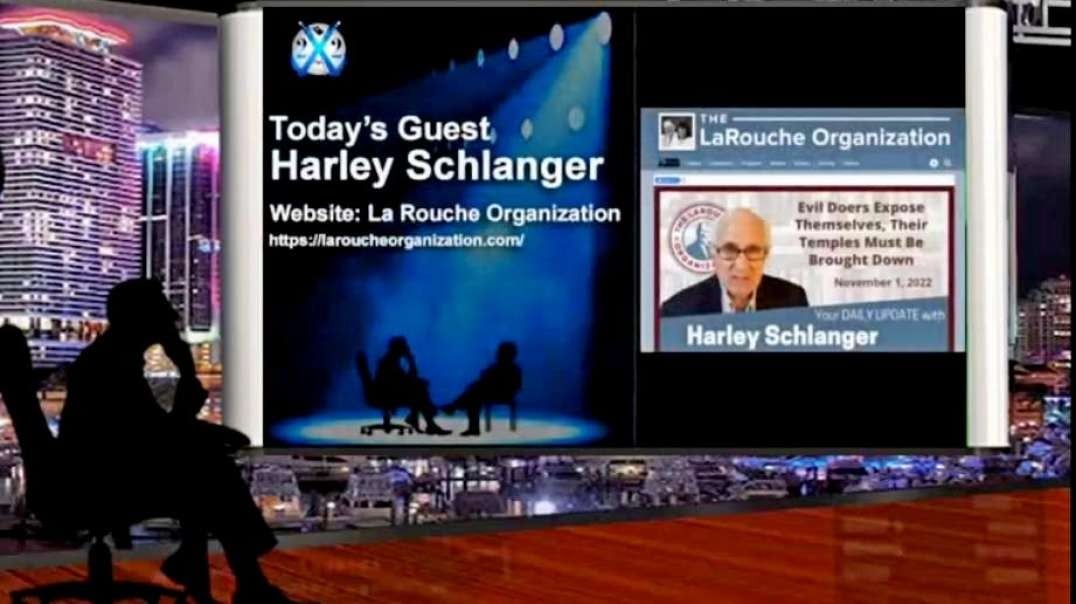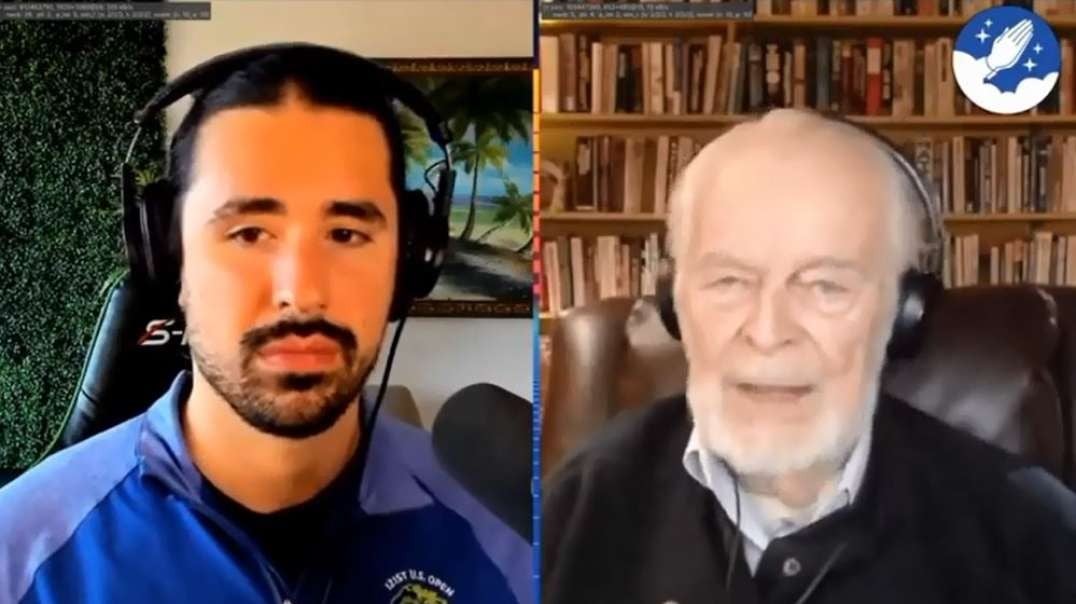The Father of Spin LIES Deception Propaganda & Marketing Father of Public Relations Edward Bernay.mp4
The Father of Spin LIES Deception Propaganda & Marketing Father of Public Relations Edward Bernay
Read the book: https://www.amazon.com/Father-Spin-Edward-Bernays-Relations/dp/0805067892
Edward Louis Bernays (November 22, 1891 − March 9, 1995) was an American theorist, considered as a pioneer in the field of public relations and propaganda, and referred to in his obituary as "the father of public relations". Bernays was named one of the 100 most influential Americans of the 20th century by Life. He was the subject of a full-length biography by Larry Tye called The Father of Spin (1999) and later an award-winning 2002 documentary for the BBC by Adam Curtis called The Century of the Self.
His best-known campaigns include a 1929 effort to promote female smoking by branding cigarettes as feminist "Torches of Freedom", and his work for the United Fruit Company in the 1950s, connected with the CIA-orchestrated overthrow of the democratically elected Guatemalan government in 1954. He worked for dozens of major American corporations including Procter & Gamble and General Electric, and for government agencies, politicians, and non-profit organizations.
Of his many books, Crystallizing Public Opinion (1923) and Propaganda (1928) gained special attention as early efforts to define and theorize the field of public relations. Citing works of writers such as Gustave Le Bon, Wilfred Trotter, Walter Lippmann, and Sigmund Freud (his own double uncle), he described the masses as irrational and subject to herd instinct—and outlined how skilled practitioners could use crowd psychology and psychoanalysis to control them in desirable ways. Bernays later synthesized many of these ideas in his postwar book, Public Relations (1945), which outlines the science of managing information released to the public by an organization, in a manner most advantageous to the organization. He does this by first providing an overview of the history of public relations, and then provides insight into its application.
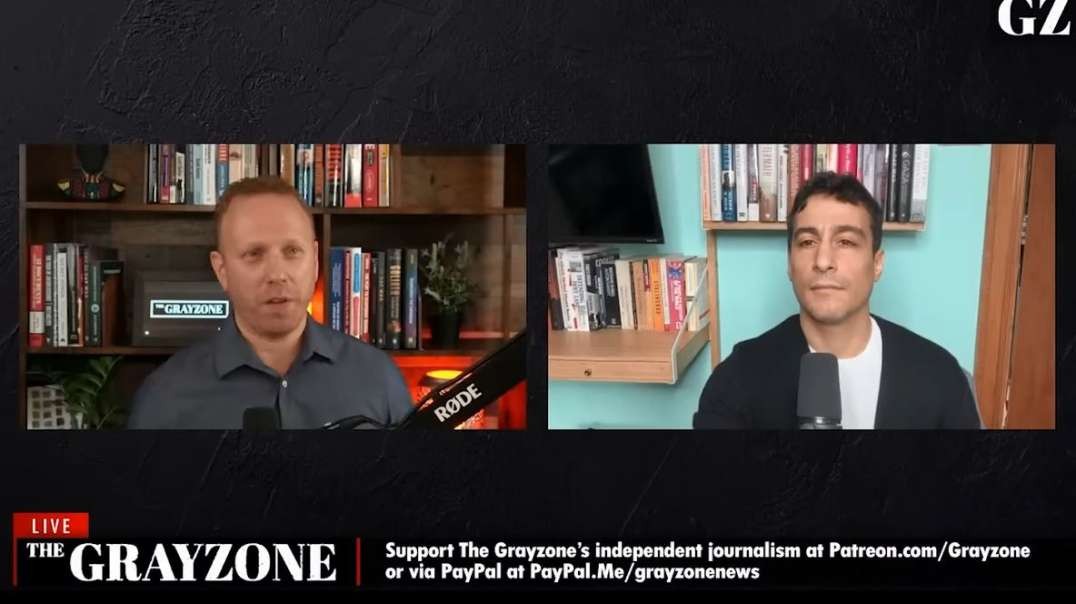
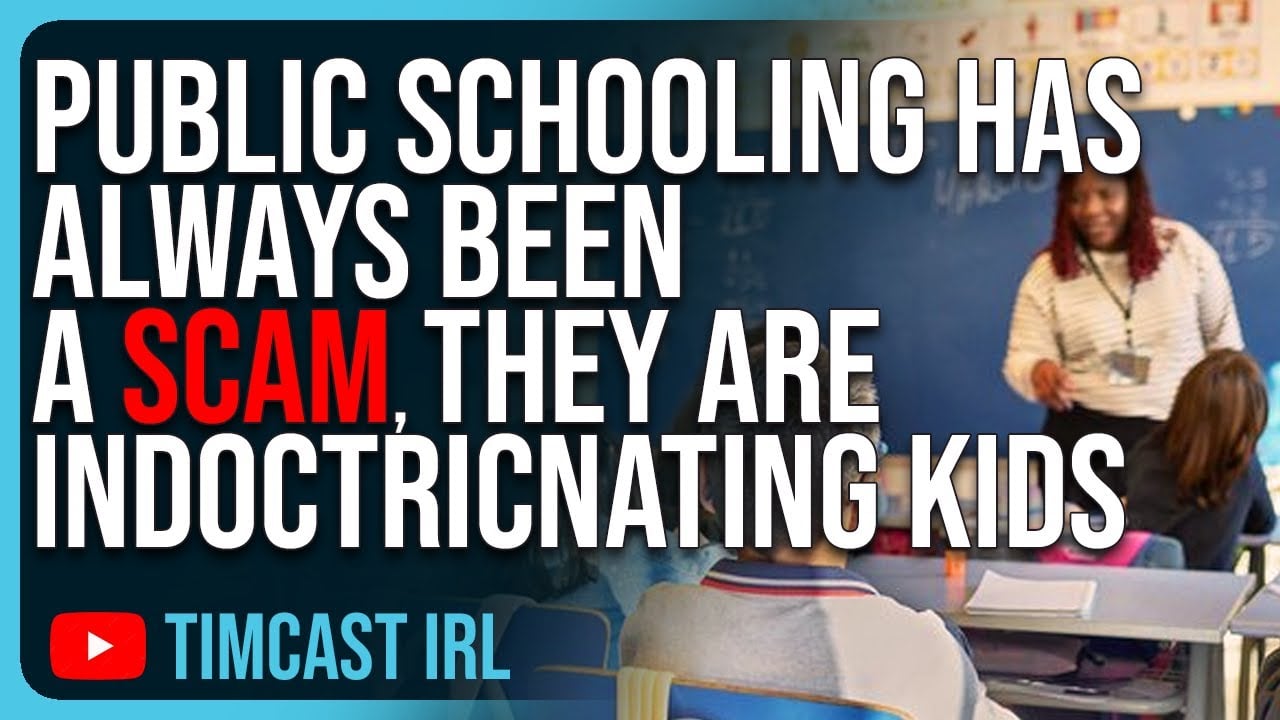
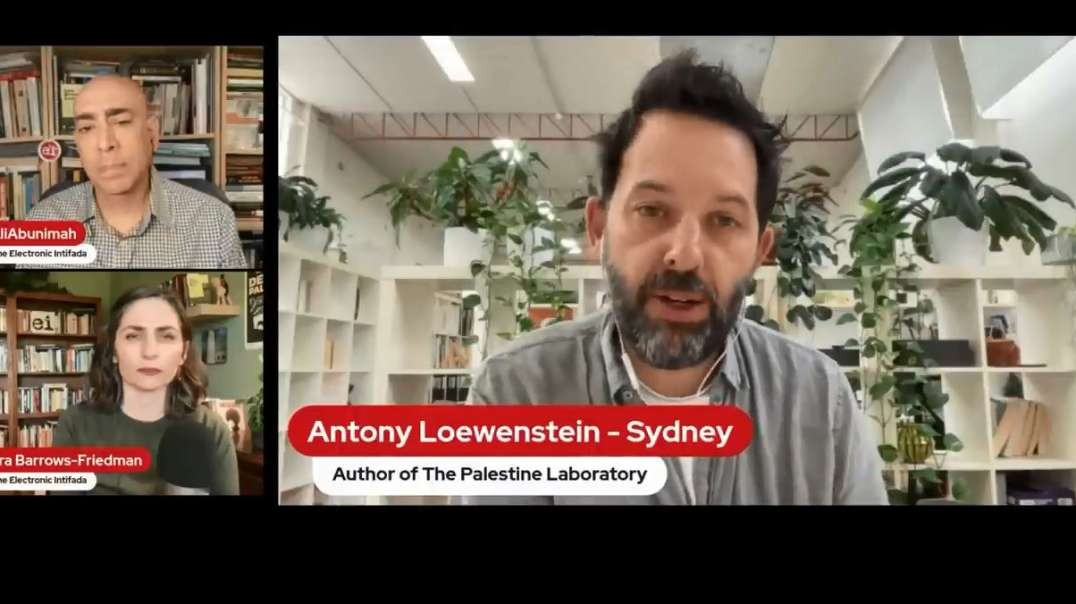




![Lier, Lies And Lying — Part 2 [Police Called]](https://video.ugetube.com/thumb/8r2PevqCNOM_P3pfMKb7BmYt92D.jpg)
